Showroom
Easy to operate Rotameter is used for measuring gas and liquid flow level. Offered in different specifications, this instrument consists of PP or stainless steel made end connecting part, screw or flange shaped end connection, tapered flow tube and alarms for indicating flow status.
Available in different design options, this Level Indicator is used for measuring precise level of fluids. It consists of mild steel or stainless steel liquid chamber with metal cover plate and butt weld or socket weld type flanged connection part. Rust proof design and ease of handling are its key attributes.
We have earned immense respect from all our customers from all across the worldly market for commercializing in a huge spectrum of Glass Tube Rotameters. They function efficiently and effectively well.
The offered range of Manometer is required for determining pressure difference. Equipped with PVC made measurement scale, this instrument utilizes mercury or water or ATB liquid as its fluid medium. It can be obtained with anodized or powder coated surface finishing option.
Sight Flow Indicators are mainly used for observing fluid flow speed and its direction inside pipelines. Featured with screw or flange shaped appearance, these flow indicators are easy to install, operate, replace and maintain. Tempered glass equipped window of these indicators ensure easy visibility of fluid condition.
We have achieved a remarkable place in the planetary economy for providing our valuable clients an extensive collection of Tank Level Indicators. They are used for indicating the water level in tanks.
We are dealing in a large array of professionally designed Reflex Transparent Gauges. They are made utilizing the best resources and high-tech techniques along with the assistance of skillful experts.
We are the front most entity in the global market for dealing in a diverse variety of Float Board Type Level Indicators. They are structured in a dignified manner to meet the requirements of all industrial applications.
Immense array of Magnetic Flow Meters are being commercialized from our end in the international economy. They are made by strictly complying with all the laid quality norms. The meters have a strong configuration.
We have attained a reliable position in the market place for presenting an exclusive array of Top Mounted Level Switches. They are used for turning off and on pumps for smoothing various applications.
We are dealing in a comprehensive assortment of Side Mounted Level Switches. They are backed by modern day techniques and guidance of our knowledgeable and experienced staff members. The switched are configured strongly.
Broad spectrum of Side Mounted Magnetic Flow Meters are offered by us in the global economy. They are made utilizing the state of the art technology along with the help of our team members.
Turbine Flow Meter acts as a reliable option to determine fluid flow of standard kinematic viscosity under high pressure. Made of food grade stainless steel, this flow meter is light in weight and is electrical surge proof. It is offered with different sensor design options as per its application needs.
 |
C V G TECHNOCRAFTS INDIA
All Rights Reserved.(Terms of Use) Developed and Managed by Infocom Network Private Limited. |
 English
English Spanish
Spanish French
French German
German Italian
Italian Chinese (Simplified)
Chinese (Simplified) Japanese
Japanese Korean
Korean Arabic
Arabic Portuguese
Portuguese Call Me Free
Call Me Free

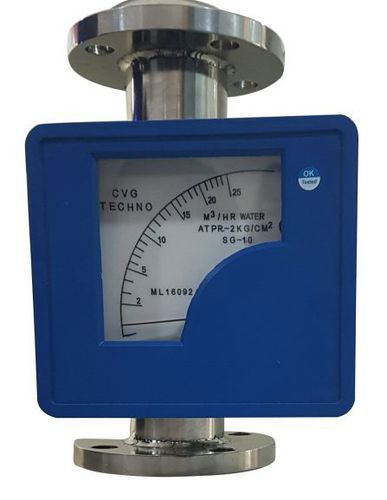
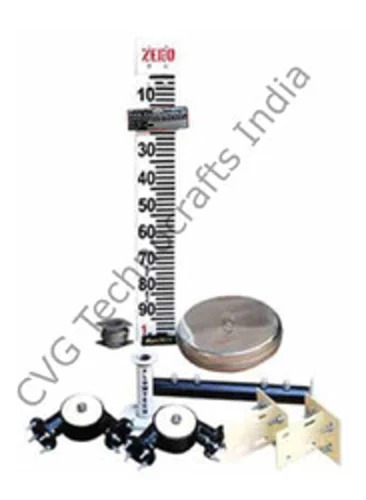
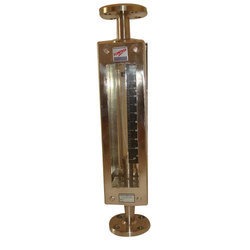
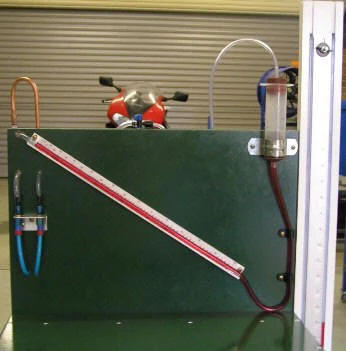
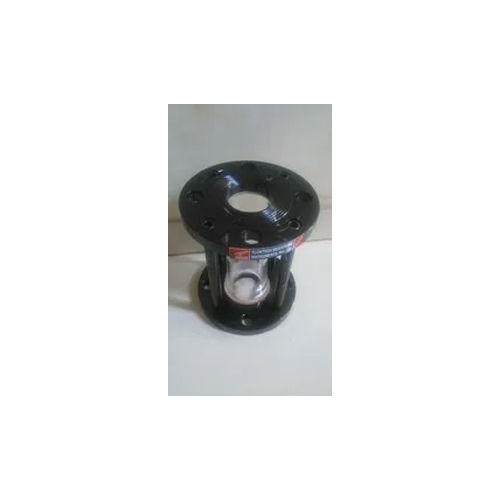
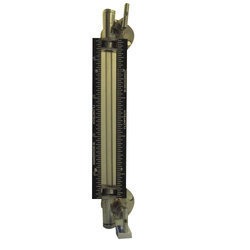
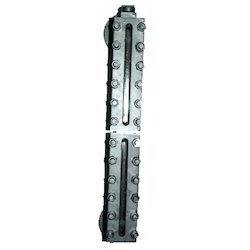
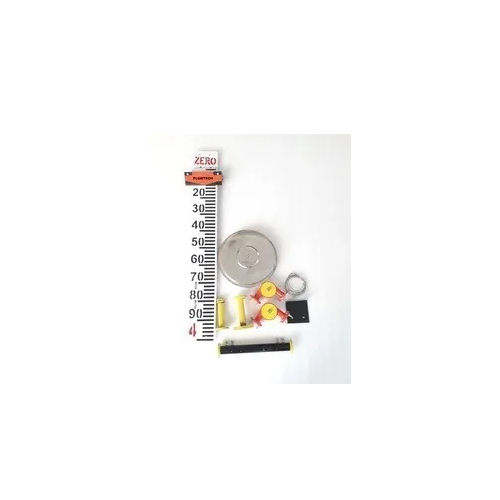
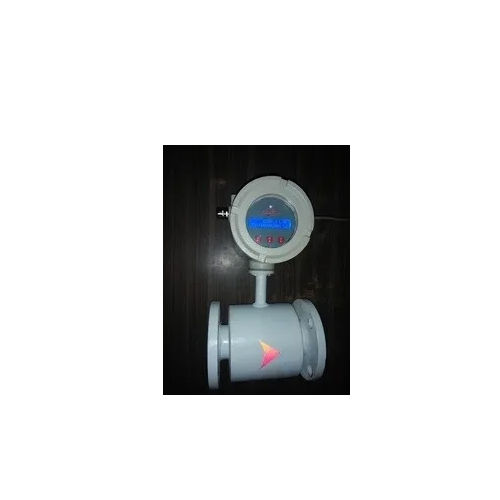
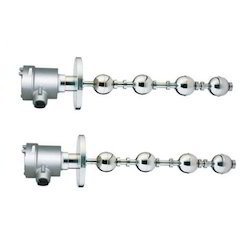
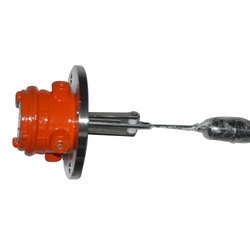
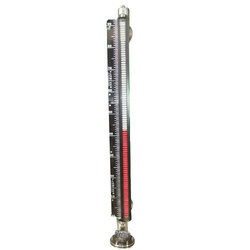
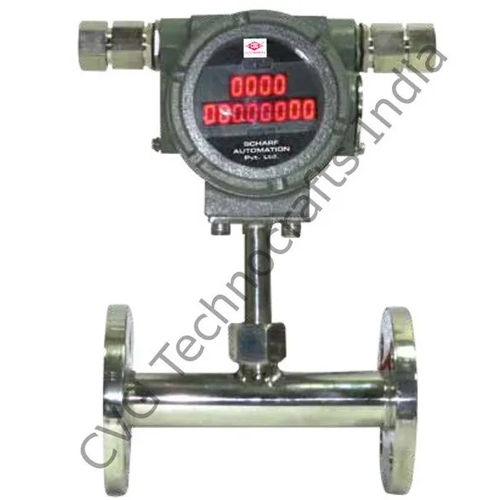
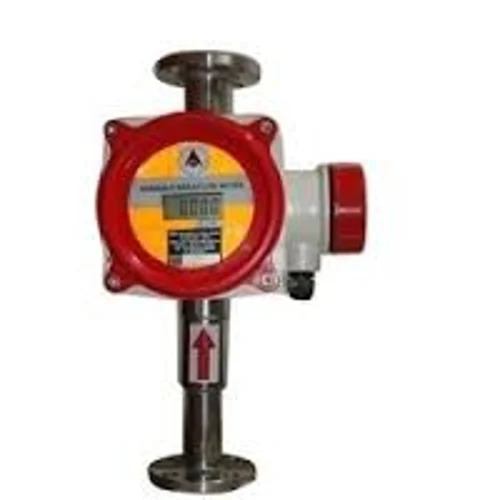
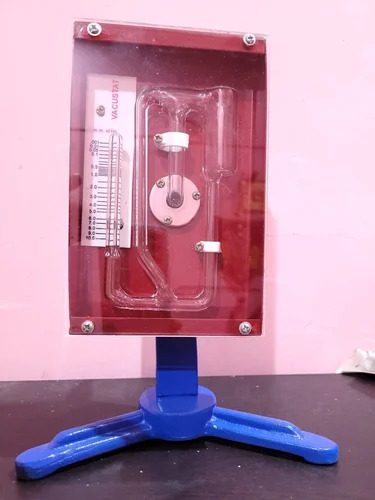
 Call Me Free
Call Me Free

